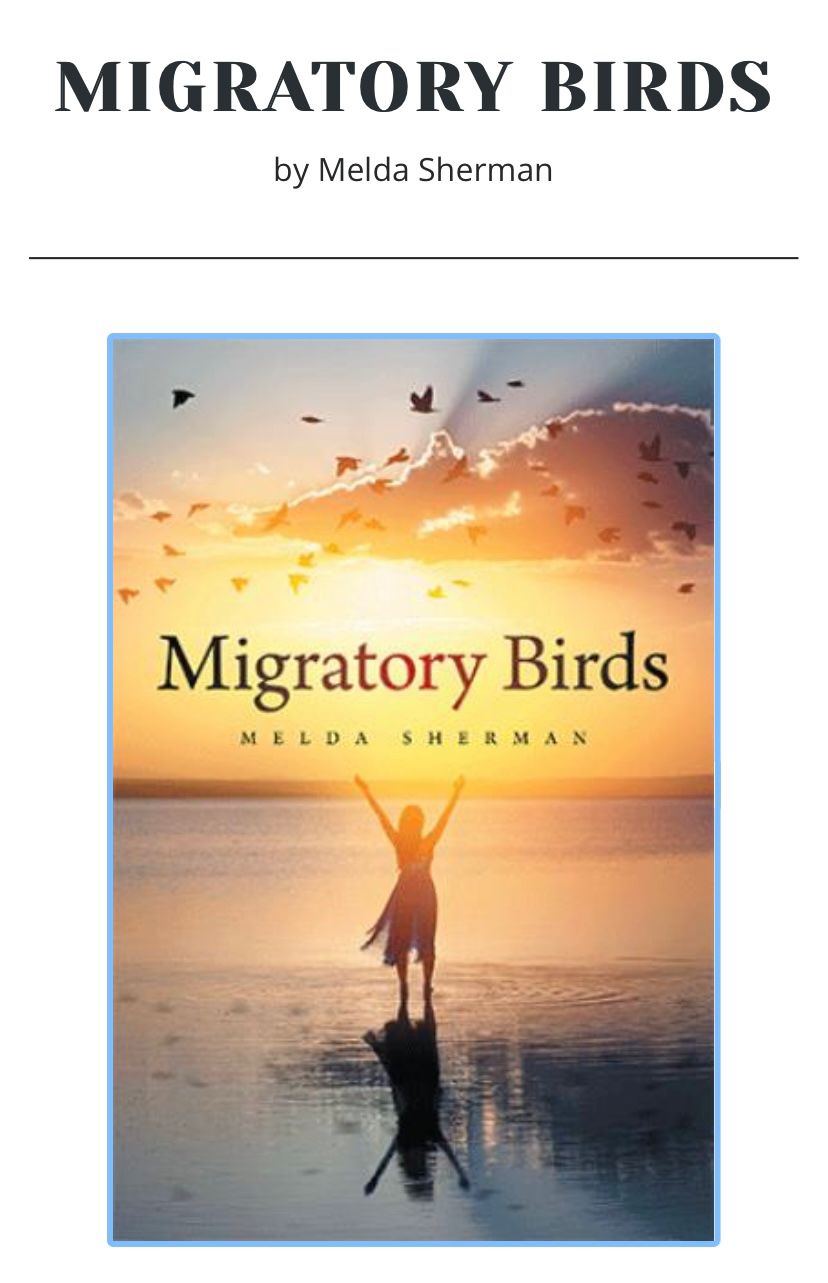
“If a girl has red shoes, she needs to live very carefully”
From the Tale of the Dancing Shoes / Women Who Run with the Wolves, Clarissa P. Estes
Today I will introduce you to a book that is one of my bedside books. Written by Clarissa Pinkola Estes. It has been at the top for nearly 100 years! Women Who Ran with the Wolves is an extraordinary book! You ask why? Here you go:
The book examines the existence of women and their place in society by comparing them to wolves. More interestingly, she does this by examining known fairy tales from a philosophical perspective. The book, published in the 19th century, is among the most read in every period.
“A healthy woman is much like a wolf: robust, chock-full, strong life force, life-giving, territorially aware, inventive, loyal, and roving.”
Women Who Run with the Wolves, Clarissa P. Estes

I think I caught your attention with a sentence from the book ? I continue explaining this interesting book…
There are various kinds of women in society; Right before your eyes, you can see today’s popular adjectives like Alpha, Beta, Sigma, Loser, etc. bring it. According to the book, the reasons for this diversity are; that they are women whose souls are put to sleep in the capitalist system. The author does therapy through fairy tales.
“There are oceans of tears that women can never shed because they have been trained to take their mothers’ secrets, their fathers’ secrets, men’s secrets, society’s secrets, and their secrets to the grave. It was considered completely dangerous for a woman to cry because it loosens the bolts and locks of the secrets they carry.”
Women Who Run with the Wolves, Clarissa P. Estes
The book’s main idea is; that the first thing women should do is discover their natural voice. She puts forward the argument that the unlimited power and creativity that lies within women lies in the natural wildness of wolves. It speaks of coming into contact with the transformative “wolf” that encourages us to grow and be free. There is a wild werewolf inside all of us.
The book approaches the feelings of inferiority and inadequacy and repressed sexual instincts that women are forced to internalize, often without realizing it, from a very different material; through fairy tales…
According to Estes, wolves and women have a psychic similarity in terms of their wildness, grace, and bond with the community members in which they live. This similarity between wolves and women is revealed in the Wild Woman Archetype. The tales in the book, compiled from different cultures, develop around themes such as women’s relationships, personal images, and even addiction. For example, a story of African origin reflects the dual nature of women. A tale from the Middle East, a magical rug that looks like an ordinary rug reveals society’s prejudices and how easily one is fooled by appearances. By the way, the book is not just for women; it is also an indispensable guide for men who want to meet women in a wild place. I think men should read it too ?

“They said don’t go to the forest. Don’t go to the forest!
Why wouldn’t I go? “Why shouldn’t I go into the forest at night?” she replied.
There lives a big wolf that eats people like you. Don’t go to the forest, don’t go. I am very serious.
Naturally, the girl went to the forest. Somehow, she went into the forest and of course, she met the wolf, just as they had warned her before.
“See, we told you so,” they boasted.
“This is my life, it’s not a fairy tale, you idiots,” she said. I have to go into the forest and meet the wolf, otherwise, my life will never begin…”
The tale of Little Red Riding Hood / Women Who Run with the Wolves, Clarissa P. Estes
In the introduction, he explains at length why he likens wolves to women. To summarize; Healthy wolves and healthy women share certain spiritual characteristics: a keen sensitivity, a playful spirit, and a capacity for intense devotion. Wolves and women are close relatives in terms of their nature, inquisitiveness, and great endurance and strength. They have very strong intuition and care intensely about their offspring, mates, and herds. They are experienced in adapting to ever-changing conditions; In addition to being able to grab whatever they hold; they are also very brave. Estes also studied other animals, but the animals we most resembled werewolves. And by the way, let me note before I forget; The book was compiled over 20 years.

“Women were torn from their wild nature during impositions”
According to Estes, women have been separated from their wild nature due to various impositions that have been going on for centuries. A woman who has become so disconnected from her essence has lost her inner peace, tried to fit the role that was given to her, was lost and as a result, always felt inadequate inside. This feeling of inadequacy brings with it various psychological traumas.
It tells about women’s broken bond with nature and the need to get closer again. Clarissa P. Estes is a writer from the Jung school. Meanwhile, Jung’s philosophy; accepts that all people have a common unconscious. The author starts from here. All people have a common unconscious. This unconscious expresses itself in fairy tales. In this respect, studying fairy tales also means reading our past and ourselves.
Jungian philosophy attracted my attention too, let me give an example from myself; I had a grandmother who was incredibly wise, and brave and loved me unconditionally. She has encouraged me in every aspect of my life.
Whatever age I get I’m going to start something new; I ask my grandmother, isn’t it too late? Can I do it? And she always told me, “When I was your age, I was like a wolf.” I always heard the same sentence from her when I was 25, the same when I was 30, and the same when I was 35! Today, I know that if my grandmother were alive, she would give the same answer if I asked her something again. (RIP) The incredible thing was that this sentence exactly coincided with the philosophy in the book. My grandmother truly had the wild nature of a werewolf. There is a psychic memory in the universe, and if we return to our essence and listen to ourselves, we can capture the collective consciousness. When we discover the wild nature within ourselves, we become completely free.
As for the tales in the book;
The Four Rabbis: The story of the rabbis who watched the Holy Wheel of Ezekiel in the seventh dome, on the seventh floor of the seventh heaven.
Bluebeard: The destructive passions of three sisters who pursue the mystery of Bluebeard’s beards in a monastery where white nuns live in the distant mountains.
Vasalisa: The struggle with fear and homework of a little girl who is sent by her stepmother and stepsisters to beg for fire from Baba Yaga, with a doll gifted to her by her mother on her deathbed (9 titles).
Manavee: Manavee, who flirts with the twin sisters and a small dog who participates in the quiz of guessing the names of the sisters, tells the story of men and women struggling to find the deeper sides of their nature, and being seduced by some reasons, mostly by pleasures that satisfy their egos.
Skeleton Woman: The confrontation of love with the life/death/life nature through a girl whose father disapproves and throws her into the sea because of something she did, whose flesh is eaten and her eyes gouged out by fish.
The Ugly Duckling: The exclusion and struggle for the existence of the swan who was accidentally born as an ugly baby among duck eggs.
Butterfly Woman: Passionate people who come across valleys, deep canyons, and deserts to see La Mariposa and the dance of the Butterfly Woman.
Red Shoes: The adventure of his passion for red shoes turning into someone who wishes his executioner to cut off his feet.
Seal Skin, Spirit Skin: The struggle for freedom of the seal girl who goes after her skin.
La Llorona: The quest of a woman who throws her children into the river as revenge against the rich Hidalgo for whom she was deceived, in dirty rivers, and the contamination of the wild spirit.
The Match Girl: A girl who clings to the hopes in the match flame and rises to the sky where there is no cold, pain, or hunger.
Three Golden Hairs: The world of the woman who made the world, nights in myths.
Baubo – Goddess of the Snow: The adventure of Proserpina, the beautiful daughter of Earth Mother Demeter, to escape from Hades.
Jackal Dick: The adventure of Dick, who plays tricks on people to get what he wants.
Crescent Bear: A woman who tries to find healing for her husband’s war-ravaged soul climbs mountains for the sake of a hair from the crescent bear.
Woman with Golden Hair: The killer of a woman who was killed for her hair is found with her golden hair growing in the ground, and the people living in the wild forest get justice.
Girl Without Hands: A miller’s daughter had to cut off her hands after bargaining with the demon for the sake of wealth.
When I was a child, I read many fairy tales, not just that, but thousands of them… Arabian Nights, Far Eastern Fairy Tales, Arabian Fairy Tales, Indian Fairy Tales, Aesop’s Fairy Tales, Central European Fairy Tales, Grimm’s Fairy Tales, Andersen’s Fairy Tales, Chinese Fairy Tales, Turkish Fairy Tales, etc. I read many more that I haven’t thought of yet, and then mythology accompanied them. Consider the inside of my head; fairy tales and the mythological stories that accompany them… Maybe that’s why I liked “Women Running with the Wolves” so much and I recommend it to you, who knows?
Speaking of fairy tales and myths, I leave you with my questions from the fairy tales I adapted for today:
- Why do women want a goofball who tries to find the most beautiful girl with whom he dances all night long, with only one shoe, even if he is a prince?
- Fairy tales always end with marriage and a happy conclusion, why isn’t the aftermath told?
- Why are goals always given in fairy tales, when the result is achieved, the prince or princess will be married; Awards are given, but it is not explained that the path to that goal is the life itself that gives happiness.
- Finally, why does the Frog Prince continue to eat a fly when he sees one, despite the beautiful princess helping him get rid of being a frog?
Read the book, you will be enlightened on many issues.

Stay with love, Women Who Run with the Wolves
Tugba Yazici
Artist & Producer
tugbayaziciofficial
Facebook: Tugba Yazıcı
*Archetype: archetype, original example. Archetypes, literally expressed as mold, template, or archetype, are the building blocks that make up human culture.
- Psyche: It is the entire conscious and unconscious of the human mind. Psychology is the science of the scientific and objective study of the psyche. The term has been used in psychology and philosophy since ancient times and constitutes one of the fundamental concepts for scientific understanding of human nature. The word psyche, which is used in the formation of the word psychology, which is also called psychological science, is also used as soul in Turkish.



Tuğba Hanım ben okudum. En kısa sürede Kurtlarla Koşan Kadınlar kitabını almak istiyorum.
Paylaşımınız ve öneriniz için teşekkürler.
Güzel paylaşımınız için, ben teşekkür ederim.